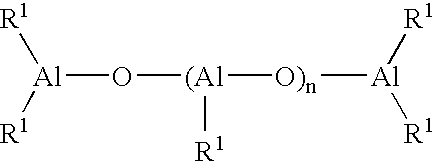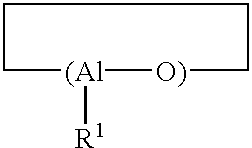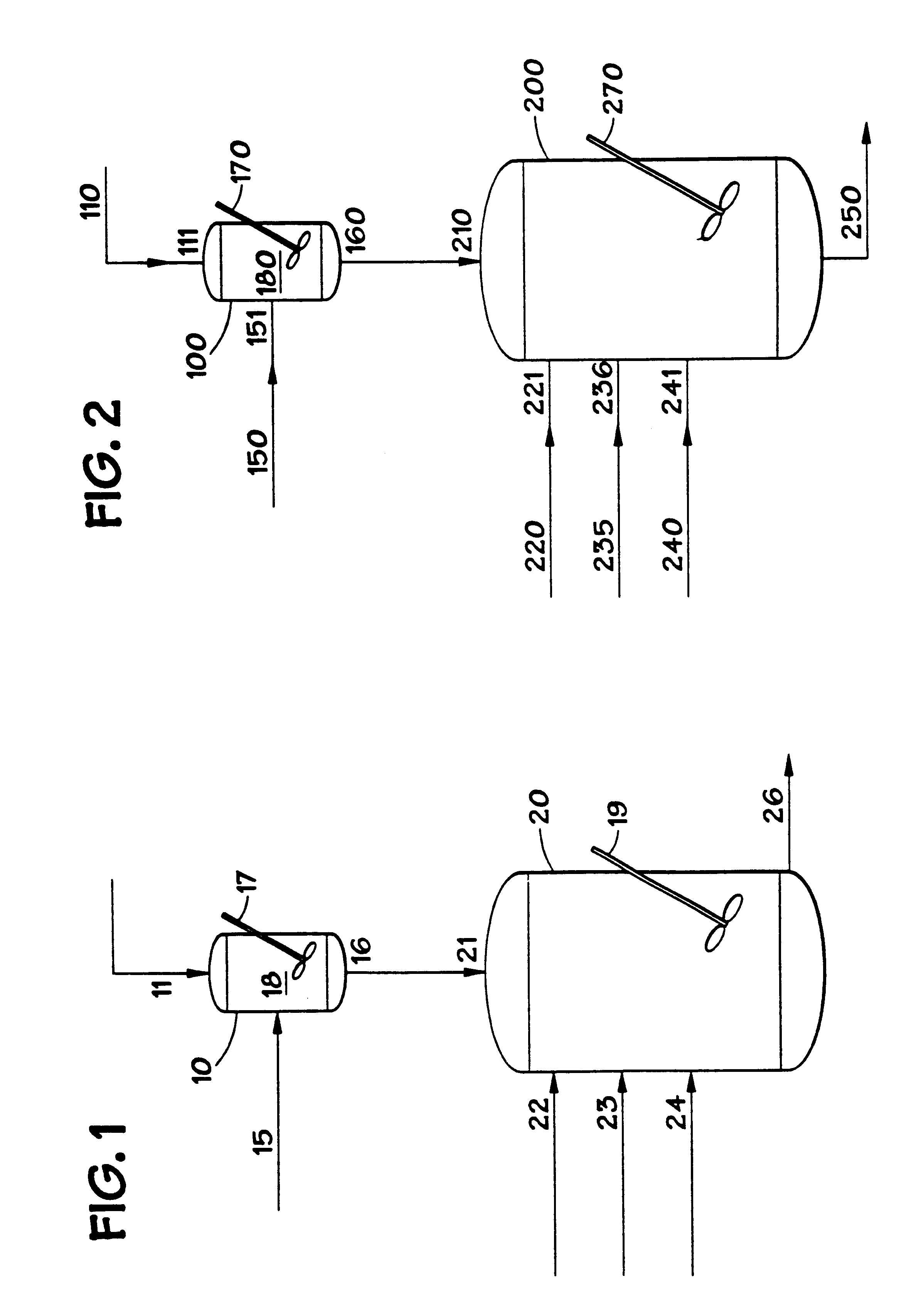Methods for forming amorphous ultra-high molecular weight polyolefins for use as drag reducing agents
a technology of polyolefins and high molecular weight, which is applied in the direction of hydrocarbon preparation catalysts, hydrocarbons, liquid carbonaceous fuels, etc., can solve the problems of inability to meet the requirements of amorphous ultra-high molecular weight polyolefin monomers, and inability to meet the requirements of amorphous ultra
- Summary
- Abstract
- Description
- Claims
- Application Information
AI Technical Summary
Benefits of technology
Problems solved by technology
Method used
Image
Examples
example 2
ISOMERIZATION EXAMPLE 2
In another example, alpha olefin monomers are isomerized into isomerized alpha olefin monomers by placing the catalyst LZ-Y52 into an isomerization unit to create a catalyst bed within the isomerization unit that has a height to width ratio of at least 1:1, and preferably, having a height to width ratio of at least 2:1. Alpha olefin monomers are then charged to the isomerization unit by passing the alpha olefin monomers through the catalyst bed. In this embodiment, the charge rate of the alpha olefin monomer through the catalyst bed is in the range from about 8 pounds per minute to about 40 pounds per minute per hour at a temperature in the range from about 15.degree. C. to about 110.degree. C.
After the alpha olefin monomers are isomerized, they are charged to a reactor for polymerization. It is contemplated that any polymerization process may be utilized to polymerize the isomerized alpha olefin monomers into polyalphaolefin drag reducing agents. In the prefe...
PUM
| Property | Measurement | Unit |
|---|---|---|
| temperature | aaaaa | aaaaa |
| temperature | aaaaa | aaaaa |
| temperature | aaaaa | aaaaa |
Abstract
Description
Claims
Application Information
 Login to View More
Login to View More - R&D
- Intellectual Property
- Life Sciences
- Materials
- Tech Scout
- Unparalleled Data Quality
- Higher Quality Content
- 60% Fewer Hallucinations
Browse by: Latest US Patents, China's latest patents, Technical Efficacy Thesaurus, Application Domain, Technology Topic, Popular Technical Reports.
© 2025 PatSnap. All rights reserved.Legal|Privacy policy|Modern Slavery Act Transparency Statement|Sitemap|About US| Contact US: help@patsnap.com



